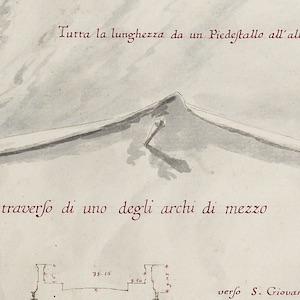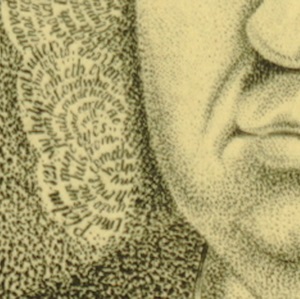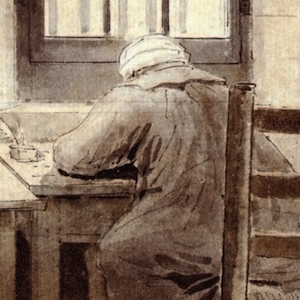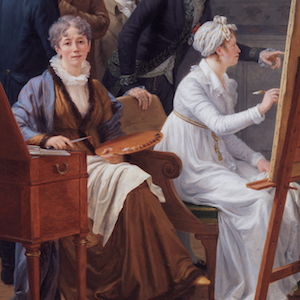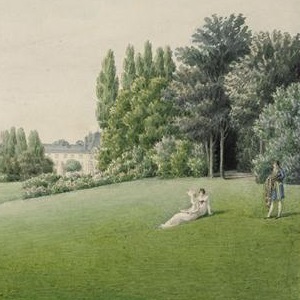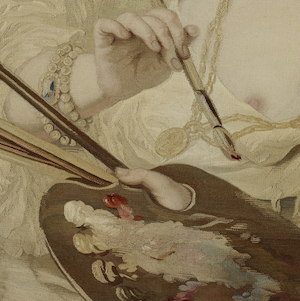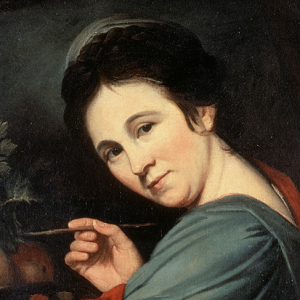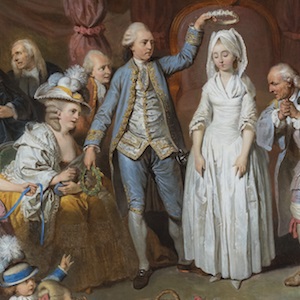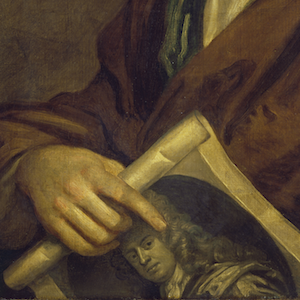Tracy Ehrlich Born and raised in the artists’ quarter in Rome that stretched from the Piazza del Popolo to the Piazza di Spagna, Carlo Marchionni (1702-1786) was a student of the architect Filippo Barigioni. He won a first prize in architecture in the 1728 Concorso Clementino, and a first prize…
Carlo Marchionni, Architetto Romano: Drawing the Self in Eighteenth-Century Rome
